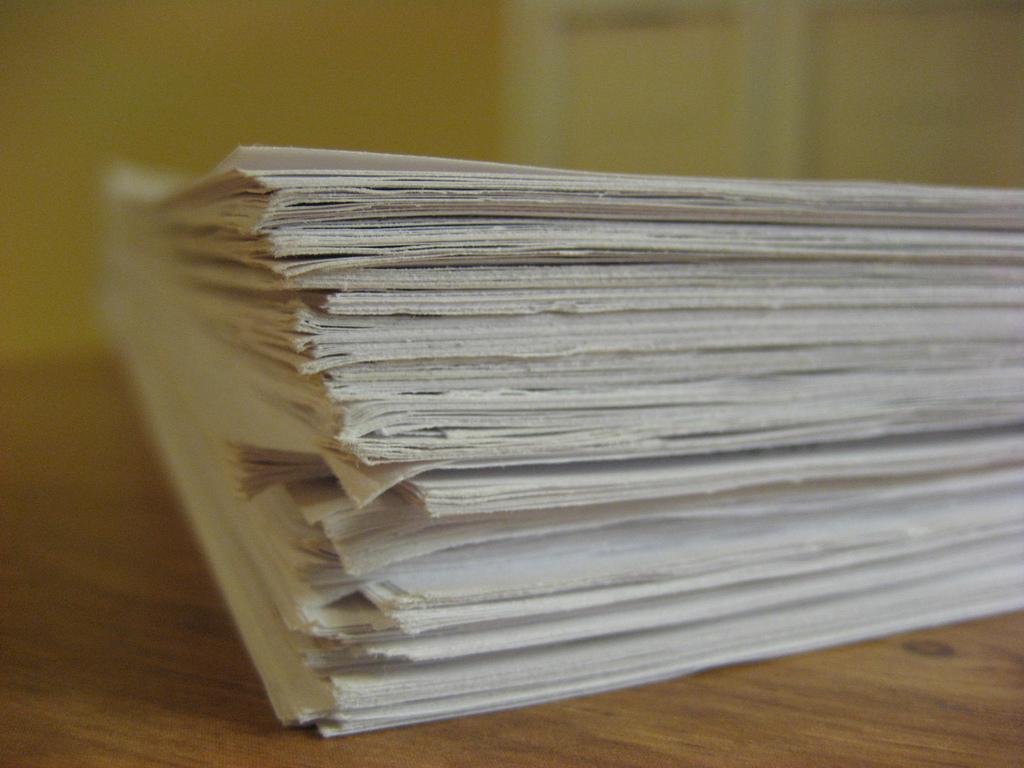Quality Drawing Pencils
Graphite pencils come in various grades, each suited for different purposes in drawing. The hard H range, which goes up to 9H, is great for clean, precise lines. These pencils resist smudging but can scratch the paper if used too aggressively.
At the other end of the spectrum are the B pencils, ranging up to 9B. These soft and rich pencils lay down dark, velvety lines perfect for shading and adding depth. They're ideal for bringing portraits to life, letting you build shadows that give your subject a real sense of form and dimension.
For those just starting out or even seasoned artists who want a versatile tool, the 2B to 4B range is a sweet spot. These mid-range pencils strike a balance between hardness and softness, providing enough hardness for detailed work while still being soft enough to shade effectively.
Erasers and Sharpeners
Erasers come to the rescue when pencil strokes don't land quite right. The classic rubber eraser does the heavy lifting, erasing large areas cleanly. Kneaded erasers are more versatile; you can shape and mold them to erase fine lines or broader smudges with delicate precision. Gum erasers are gentle on paper but tough on graphite, making them ideal for delicate papers.
Keeping your pencils sharp ensures efficiency and finesse in your craft.
- Manual sharpeners offer fine control, allowing you to whittle away just enough graphite to get that perfect point.
- Electric sharpeners speed up the process but should be avoided for colored pencils as the waxy build-up can clog the blades.
Quality Drawing Paper
The paper you choose significantly impacts the quality and durability of your artwork. The ideal drawing paper has the right texture or "tooth" to grab onto your drawing medium. A medium-toothed paper offers a balanced texture that's versatile and accommodating to various mediums like graphite, charcoal, and colored pencil.
For detailed works where precision is key, smooth Bristol paper allows your pencil or pen to glide effortlessly across its surface. It's perfect for fine lines and intricate details, making it a favorite for technical drawings and portrait work.
Paper weight is another important factor. Thicker paper can handle more without buckling or tearing. Higher weights like 100 lb or 240 gsm are great for substantial projects, whereas lighter weights might be more suited for quick sketches or practice runs.
Investing in high-quality, acid-free paper is essential for serious artists. Acid-free paper stands the test of time without yellowing or deteriorating, preserving your artwork for generations to come. This is especially critical if you plan to exhibit or sell your pieces.
Drawing pads and sketchbooks are invaluable tools for artists. Having your drawings in a collection protects them and allows you to see your progress over time. A portable sketchbook is ready to capture inspiration whenever and wherever it strikes.

Colored Pencils and Markers
Colored pencils and markers introduce a new dimension to your artwork, adding vibrant tones and enhancing complexity. Quality colored pencils and markers can elevate a simple sketch into a lifelike, compelling piece.
Prismacolor colored pencils are often the go-to for many artists. These wax-based pencils offer a smooth laydown perfect for layering and blending colors seamlessly. Faber-Castell's Polychromos pencils are oil-based and offer a more controlled, crisper application. They're less prone to breaking and more durable, which can be a lifesaver when working on detailed projects.1
Markers bring bold, unapologetic pops of color with ease and precision. Copic markers are renowned for their blendability and vibrant pigment. They have flexible nibs, allowing for both broad strokes and fine details, and they're refillable, making them a sustainable option.
Experimentation is key to unlocking the full potential of colored pencils and markers. Mixing different colors can yield surprising and unique results. If you're hesitant to dive into colors, start small by adding subtle accents to a graphite sketch. The relationship between black and white and vibrant color can create stunning contrasts and focal points.
Markers can also complement your drawings. Use them for quick sketches or to emphasize certain elements, adding a dynamic quality to your work. Their immediacy encourages spontaneity and confidence in your strokes.
- Saitzyk S. The definitive guide to colored pencil: over 35 step-by-step demonstrations for both traditional and watercolor pencils. Walter Foster Publishing; 2019.
























